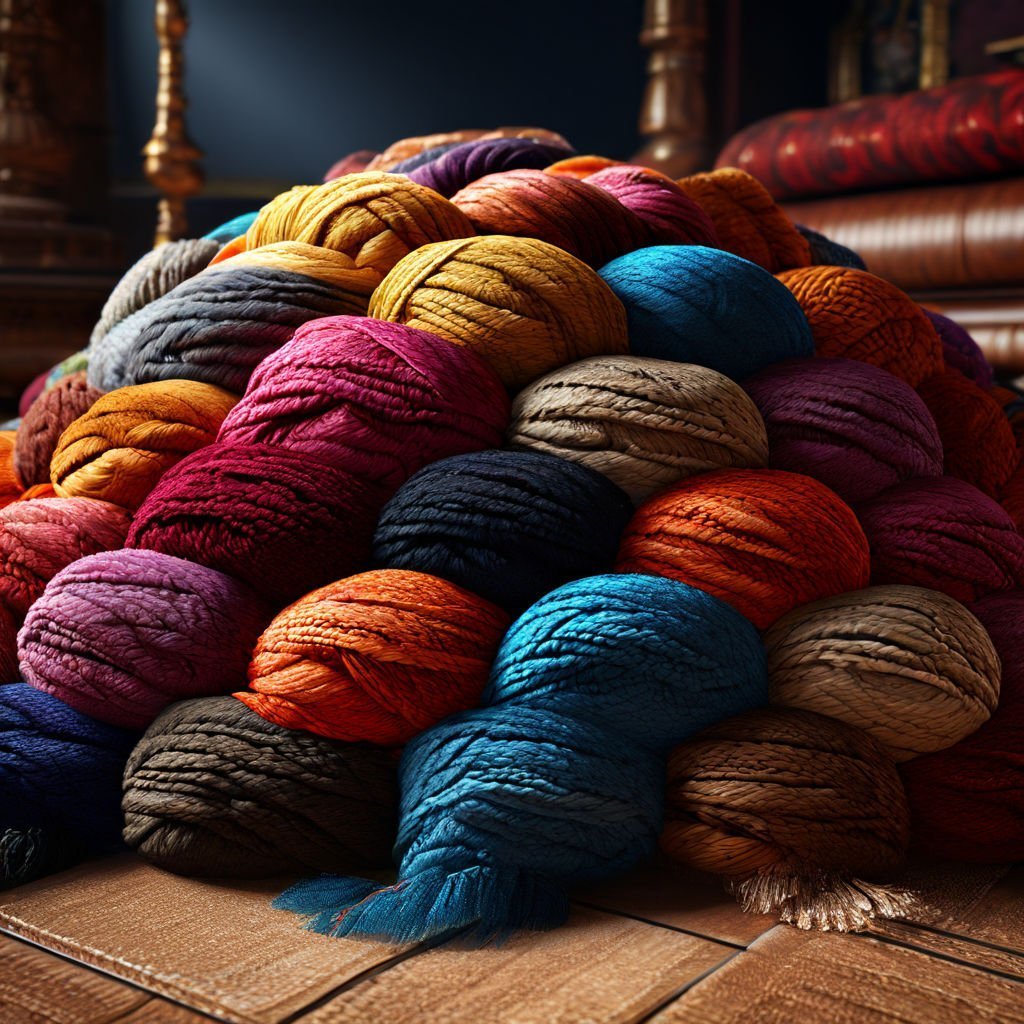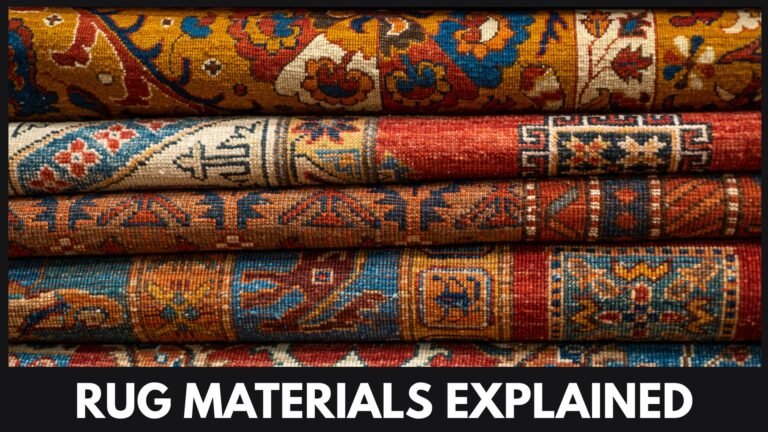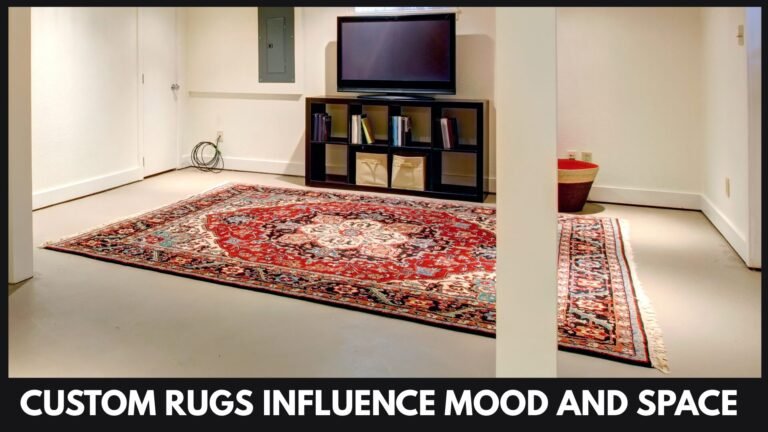
How to Choose Carpet Colours in 2025
How to Choose Carpet Colours: A carpet is more than fabric on the floor it frames your furniture, softens footsteps, and signals your taste. Yet the moment you stand in a showroom or scroll through an online catalogue, the colour palette alone can feel endless. Should you play safe with beige, go bold with teal, or meet halfway with an earthy rust? This in-depth guide walks you through every step of choosing the right carpet colour for 2025, using plain English, real-life examples, and expert tips from Carpetsandrug, India’s specialist in custom area rugs for every corner of the house.
Table of Contents
1. Why Carpet Colour Matters

- Sets the mood: Soft greys calm a study, while sunny ochre adds cheer to a child’s play area.
- Defines space: A darker shade under a dining table anchors the zone in an open-plan layout.
- Hides or highlights wear: Mid-tone, multi-fleck carpets make dust and crumbs less visible between clean-ups vital for busy Indian households.
- Ties your décor together: The right colour links walls, curtains, and cushions into one friendly story.
2. Colour Basics You Must Know

| Term | What it Means | Why You Should Care |
|---|---|---|
| Hue | The base family of colour red, blue, green. | Helps you shortlist big categories fast. |
| Tone | Lightness or darkness of a hue. | Lighter tones open small rooms; deeper ones feel cosy. |
| Undertone | Subtle hint that leans warm (yellow) or cool (blue). | Decide whether a grey looks warm or chilly in your lighting. |
| Saturation | Intensity of a colour. | Low saturation = muted and relaxing; high saturation = lively and bold. |
3. Carpet Colour Trends for Indian Homes in 2025
- Earth-rooted neutrals: Sand, khaki, and clay suit both urban apartments and heritage bungalows.
- Muted pastels: Dusty rose, sage green, and sky blue add freshness without shouting.
- Jewel accents: Emerald borders or sapphire medallions give rooms regal charm when used sparingly.
- Sustainable dyes: Natural walnut, madder red, and indigo great for eco-minded buyers.
- Two-tone patterns: A calm base crossed by thin contrasting lines fits modern minimalist décor.
4. Factors to Weigh Before You Pick a Shade
4.1 Room Size and Light
- Small + low light: Choose lighter tones like pearl, cream, or pale peach to reflect sunshine or tube light.
- Large + bright: You can afford deeper tones charcoal, coffee, or bottle green that won’t make the space feel tight.
4.2 Lifestyle and Foot Traffic
- Pets, kids, and daily prayer gatherings? Mid-dark speckled carpets hide fur and crumbs better than solid white or jet black.
- Formal drawing room used only on festivals? You might risk a lighter single-colour rug.
4.3 Climate
- Hot, humid zones (Mumbai, Chennai): Cool shades mint, steel grey visually lower the temperature.
- Cold, dry hills (Shimla, Ooty): Warm shades rust, maroon add cosy vibes.
4.4 Maintenance Commitment
Busy professionals may lean toward stain-resistant fibres in mixed colours. Retired couples who enjoy daily sweeping can indulge in lighter solids.
5. Matching Colour to Each Room
| Room | Good Choices | Why |
|---|---|---|
| Living Room | Mid-grey with beige flecks, muted teal, warm taupe | Handles traffic, pairs with most sofa fabrics. |
| Bedroom | Soft lavender, powder blue, creamy ivory | Promotes calm and better sleep. |
| Dining Area | Patterned cocoa-and-tan, olive green | Hides food spills and chair marks. |
| Kids’ Room | Multi-coloured geometric, denim blue | Masks crayon marks, sparks creativity. |
| Hallway | Charcoal runner with subtle stripes | Minimises visible dirt from shoes. |
6. How Material and Pile Affect Colour Appearance
- Wool: Rich, matte finish; colours look slightly deeper.
- Silk accents: Add gentle sheen; highlights pop under tube lights.
- Bamboo silk: Smooth, plant-based shine, eco-friendly.
- Polyester blends: Budget-friendly, hold vibrant colours well.
- Pile Height: Short loops make colours appear sharper; long shag diffuses light, softening shades.
7. Combining Carpet Colour with Wall Paint and Furniture
Quick Formula
- Pick a hero colour already present in curtains or art.
- Choose a carpet that carries the hero colour at 20–30 % coverage.
- Balance with neutrals on sofas or side tables so the room doesn’t feel busy.
8. Sample, Test, and Visualise
- Request 8 × 8-inch swatches from Carpetsandrug.
- Place them on the floor, step back, and view at three times: morning, noon, and night.
- Tilt the sample; pile direction can make colours look slightly lighter or darker.
- If torn between two shades, tape both side by side under existing furniture and live with them for 24 hours.
9. Common Mistakes to Avoid
- Forgetting undertones: A beige with pink undertone clashes with a yellow-based cream wall.
- Blindly following fads: Neon orange may trend today but feel dated next year—and carpets are not cheap to replace.
- Ignoring future furniture upgrades: Plan a flexible colour that works whether you add a green recliner later or not.
- Neglecting cleaning reality: White shag in a Mumbai monsoon means daily stress.
- Skipping samples: Your screen never shows yarn texture accurately.
10. Step-by-Step Colour Selection Checklist
- Measure the room and mark zones on paper.
- Collect inspirations paint chips, curtain cloth, Pinterest saves.
- Shortlist three colour families (e.g., beige, slate, sage).
- Order samples from Carpetsandrug.
- Test under real lighting for two days.
- Make a final pick and confirm with family members.
- Approve custom weave or standard stock.
- Place order and schedule delivery.
11. Why Buy from Carpetsandrug?
- Custom sizing down to the last centimetre—ideal for Indian apartments with tricky layouts.
- Rich colour library sourced from high-grade dyes that hold fast against sunlight and Indian curry spills.
- Transparent updates: Photos and videos show your rug moving from loom to doorstep.
- Expert guidance: Friendly designers suggest palettes that match local climate, vastu preferences, and lifestyle.
- Pan-India delivery and after-care: Free stain-removal tips, plus paid deep-clean service in major cities.
Conclusion
Choosing the perfect carpet colour in 2025 is less about strict rules and more about matching texture, light, and personal routine. Think of the carpet as the fifth wall of your room: its shade should support the story your home already tells. With careful sampling and guidance from Carpetsandrug, you will bring home a rug that looks good today—and still makes you smile five years down the road.
Frequently Asked Questions
- What carpet colours hide dirt best in Indian homes?
Mid-tone greys, browns, and multi-fleck patterns disguise dust and soil between vacuum sessions. - Are bright carpets a bad choice for small rooms?
Not always. A bold accent rug bordered by neutral furniture can actually widen visual space. - How often should I replace my carpet to stay on trend?
A quality rug lasts over a decade; use cushions and throws to refresh style instead of frequent carpet swaps. - Can Carpetsandrug colour-match to my wall paint?
Yes. Send us the paint code or a physical chip, and we will dye yarn to match within a 5 % tolerance. - Will sunlight fade my carpet colour quickly?
All fabrics lighten over years, but UV-stable dyes used by Carpetsandrug slow fading significantly. Rotate rugs every six months for even wear. - Which carpet colours make a room feel cooler in hot climates?
Cool shades such as mint, aqua, and dove grey help rooms appear airy in summer. - Is a patterned carpet harder to match with furniture?
Not if you repeat one colour from the pattern on pillows or artwork—that single link ties everything together. - Are darker carpets always better for homes with pets?
Dark stains may still show on black rugs; mid-dark mixed colours hide both fur and marks best. - Can I get a sample before ordering a custom colour?
Carpetsandrug offers strike-off swatches for custom orders, so you can see and feel the yarn at home. - Does carpet colour affect room acoustics?
All soft flooring dampens sound; deeper piles absorb slightly more, but colour itself doesn’t change acoustics.



